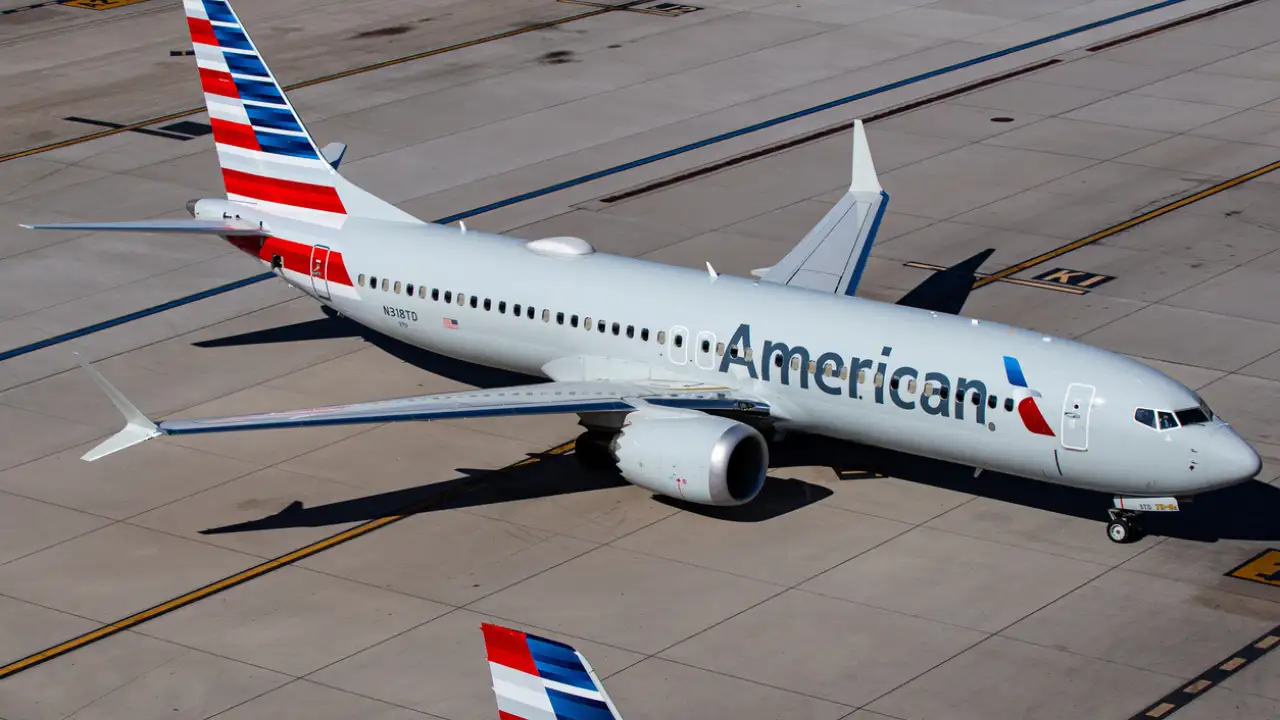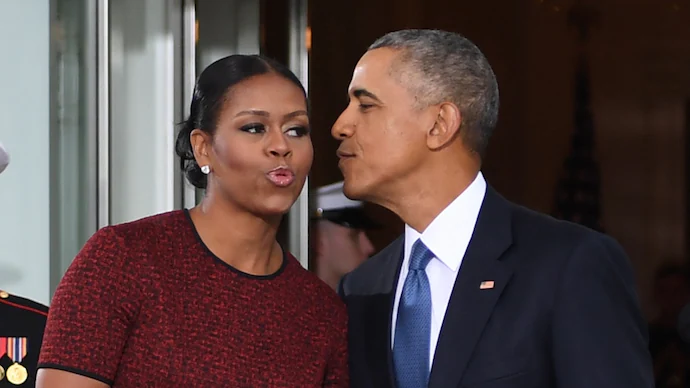Wingtip collisions, or “wingtip strikes,” are a rare but significant occurrence in aviation. These accidents, which involve the wingtips of two aircraft making contact, are typically the result of miscommunications, tight maneuvering, or an unexpected change in flight paths. While incidents like these may sound alarming, they are handled with careful attention and precision by airline staff and aviation experts. American Airlines, one of the largest carriers in the U.S., has its own protocols for dealing with such events to ensure passenger safety and minimize disruptions.
What Causes Planes to Clip Wings?
Wingtip strikes usually happen during taxiing on the ground or at crowded airports where aircraft are closely maneuvering in tight spaces. Although it is a rare occurrence, these events can occur during:
- Tight Taxiing Maneuvers:
- Airports with limited space, such as busy hubs or smaller regional airports, can be tight, especially when multiple aircraft are moving in and out at the same time. Pilots and ground crews need to make precise maneuvers to avoid accidental wingtip contact.
- Miscommunication Between Ground Control and Pilots:
- When there is a breakdown in communication between the pilots and ground controllers, it can lead to confusion about which direction an aircraft is heading. This may result in planes crossing paths in a way that puts their wingtips too close for comfort.
- Aircraft Size and Close Proximity:
- Larger aircraft, such as wide-body planes, are more likely to have wingtip strikes because they require more space during taxiing. In these cases, smaller aircraft might be at risk of getting too close during ground operations.
- Unexpected Aircraft Movements:
- Sometimes, unforeseen events such as an aircraft moving in the wrong direction or experiencing a change in its assigned taxi route can lead to an unintentional wingtip strike.
How Serious Are Wingtip Strikes?
Despite the potential for damage, wingtip collisions are often less severe than they might seem. This is because modern aircraft are designed with a high degree of safety, and many of these incidents occur at low speeds during taxiing, which reduces the force of the impact. However, they still require immediate attention because:
- Potential Damage to Aircraft:
- Even minor collisions can cause structural damage to the aircraft’s wing or fuselage, which may require extensive inspections and repairs. Wingtips contain critical components such as winglets, navigation lights, and sometimes even sensors.
- Passenger Safety Concerns:
- While injuries are rare, the safety of passengers is always the top priority. Even a small collision can prompt an emergency inspection or delay, as the plane will be grounded until it is cleared for takeoff again.
- Disruption to Airport Operations:
- A wingtip strike can cause significant disruptions in airport operations, particularly in busy airports with many planes taxiing at once. Delays can be expected while damage is assessed, and safety procedures are followed to ensure that all aircraft are safe to continue their journey.
How American Airlines Handles Wingtip Strikes
American Airlines, like all major carriers, follows strict procedures when incidents like wingtip strikes occur. These protocols are designed to ensure the safety of passengers, crew, and ground personnel while also minimizing delays. The steps typically include:
- Immediate Response and Safety Checks:
- If a wingtip strike occurs, pilots will immediately follow protocols to stop the aircraft safely. The ground crew and airport security are notified, and the aircraft is either grounded for inspection or cleared for further assessment depending on the extent of the damage.
- Inspection and Damage Assessment:
- The airline’s maintenance team will inspect the aircraft thoroughly to assess whether the strike caused any structural or mechanical damage. Even minor damage to the wing or tail can result in the plane being grounded for repairs. These checks are mandatory, and all parts of the aircraft are evaluated for integrity.
- Passenger Communication:
- Communication with passengers is key during any incident. American Airlines staff will notify passengers about the situation, provide updates on any delays, and, if necessary, make arrangements for alternate flights or transportation. The airline aims to minimize any inconvenience to passengers while prioritizing safety.
- Ground Control and Pilot Training:
- American Airlines ensures that its ground control and flight crews are well-trained to handle tight airport situations. Pilots are trained in how to maneuver their aircraft safely in crowded environments, while ground control personnel are constantly monitoring traffic to avoid any accidents.
- Post-Incident Review and Reporting:
- After a wingtip strike, American Airlines, like all airlines, conducts a thorough review of the event. This includes assessing whether any procedural breakdowns led to the incident and ensuring that improvements are made where necessary to prevent similar incidents in the future.
The Bigger Picture: Preventing Wingtip Strikes
Airlines and airports work collaboratively to prevent wingtip strikes by investing in technology and training. For instance, many airports have systems in place that help pilots and ground crews better navigate tight spaces, including advanced radar systems and GPS tracking for ground vehicles. Additionally, there is a growing emphasis on improving pilot training for maneuvering in high-traffic environments to reduce the risk of these incidents.
Furthermore, airlines like American Airlines are increasingly using technology to enhance their safety protocols. For example, some planes are equipped with sensors that help detect nearby aircraft during taxiing, ensuring better awareness of potential risks. These systems help pilots maintain safe distances from other aircraft, even when the airport is congested.
Conclusion
While the prospect of a wingtip strike might sound alarming, it is important to remember that these incidents are rare, and when they do occur, American Airlines and other major carriers have established comprehensive protocols to handle them swiftly and safely. From quick inspections and repairs to clear communication with passengers, airlines work tirelessly to minimize the impact of these events and ensure a safe flight experience for everyone on board. With continued advancements in training and technology, the aviation industry is constantly striving to reduce the likelihood of such incidents, ensuring the safety of passengers and aircraft at all times.


